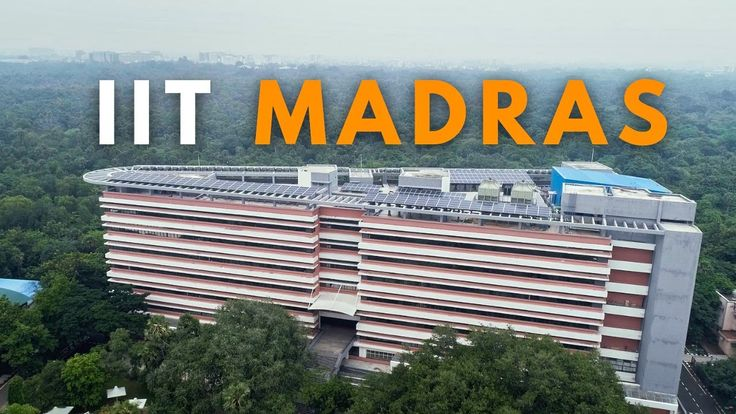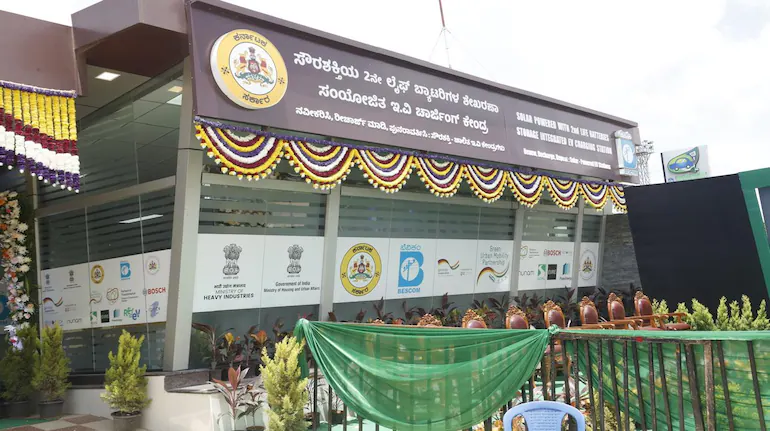Bihar’s Big Solar Push: A Bright Future Under Renewable Energy Policy 2025
Traditionally power-starved, Bihar is one of the Indian states that are making an attempt to reverse the situation and look upfront with a mission based on solar power. The state is aiming to be a renewable energy superpower with a planned 24-gigawatts (GW), installed renewable energy (RE) capacity by FY 2029–2030, and capturing targets of 22GW of the total capacity out of their current target of 25GW, with the roll out of the Bihar Renewable Energy Policy 2025.
The above lofty ambition stops short of increasing electricity production as well; it is about energy independence, resiliency to climate change, and economic growth of the rural areas.
What’s in the Policy?
The Bihar Renewable Energy Policy 2025 is a game-changer. Here's a breakdown of its targets:
- 18.4 GW from various solar technologies, including:
- Ground-mounted solar projects
- Floating solar on water bodies
- Agrivoltaics (solar on farmland)
- Distributed rooftop solar
- Energy storage systems to support solar intermittency
- Subsidy of decentralized renewable energy in the rural communities
- Attention to private investment and new partnership with the state and businesses
The policy has taken a broad approach by relying on land, water, and even farms so that solar energy is accessible to all places including urban centers and even villages.
The Importance of Them to Bihar
Bihar has been experiencing energy woes over the years where power cuts are very common and most of its energy is supplied by other states. This solar law turns the story around by:
- Reducing grid dependency and import costs
- Generating local jobs on installation, maintenance as well as manufacturing
- Increasing the income of farmers by agrivoltaics (two-use of land farming and solar)
- Promotion of climate action by cutting down the use of fossil fuels
In addition to that, Bihar can access its untapped water reservoirs by utilizing floating solar and using water bodies in the process without affecting farmlands or homes.
The Case of Agrivoltaics: A Double Win to Farmers
The impetus toward agrivoltaics, or installing solar cells over agricultural land, consists of one of the most inventive aspects of the policy. In this system, it is enabled:
- The sustained crop production under the soils
- The crops to flourish in shade
- Less evaporation, and savings in water
- Lease or solar generation that will provide additional money to farmers
It thus makes farmers energy producers and makes clean energy development coincide with farming.
Storage & Innovation
Bihar also intends to come up with big battery stores to support this RE capacity. These will stabilize the grid on peak hours and cloudy days hence stable supply of power across all sectors.
The policy fosters the R&D partnerships and innovation centers to make technology local and reduce the cost of solar installation in the state of Bihar.
Investment & Industry Response
The policy has already started attracting attention from major clean energy developers and solar manufacturers. With incentives such as land facilitation, ease of clearances, and capital subsidies, Bihar is pitching itself as an emerging solar investment hotspot in eastern India.
Several national and global firms are exploring public-private partnerships with state agencies to develop large-scale solar parks and floating solar projects.
A Blueprint to an Inclusive Energy Growth
The difference with Bihar is that its solar plan has an inclusive vision. It is not about megawatts but it is about making clean power a mainstream rural livelihood, increasing state GDP, and ending energy poverty on a sustainable basis.
In the event that this undertaking succeeds, Bihar will be able to guide other states with poor access to energy, which speaks volumes of how a policy-based leadership can catalyze the clean energy transition in India.
Conclusion:
The state is getting ready to emerge as a solar energy leader with Bihar Renewable Energy Policy 2025. Drive on ground-based solar systems to floating and agrivoltaic panels, 24 GW of renewable energy in Bihar will be a new beginning—where clean energy goes hand in hand with progressive equity.



